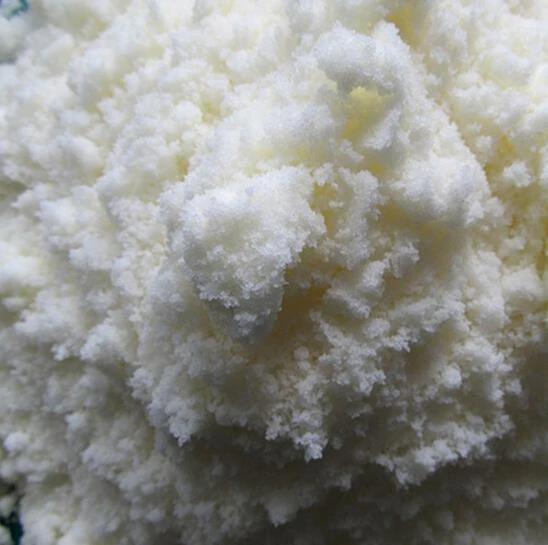



Sodium Chlorite Solution
فروری . 13, 2025 08:27
Back to list
Sodium Chlorite Solution
Understanding the crucial distinctions between chlorite and chloride is essential not only for informed consumption but also for industries and individuals seeking solutions in water treatment, health, and manufacturing. Both substances play significant roles in various sectors, yet they differ profoundly in terms of chemical structure, benefits, and applications. This exploration delves into the unique characteristics and uses of chlorite and chloride, offering authoritative insight beneficial for consumers and industries alike.
Both chlorite and chloride play different but sometimes overlapping roles in personal health. While sodium chloride is essential for maintaining cellular function, imbalances can lead to health issues such as hypertension. Conversely, concerns around sodium chlorite often arise with respect to its misuse in alternative health circles. Despite claims linking it to health benefits, scientific consensus stresses caution, as improper handling or ingestion at inappropriate concentrations could lead to serious health risks. The dichotomy between chlorite and chloride highlights an exciting facet of chemistry where minute differences result in vastly different uses and implications. Businesses leveraging these compounds must navigate regulatory landscapes with precision, considering the implications for both public health and environmental sustainability. Remaining informed about these compounds’ attributes ensures they are harnessed beneficially, maximizing their potential while minimizing health risks—a critical balance for industries and consumers alike. For professionals in environmental science, manufacturing, or health, a thorough comprehension of chlorite and chloride’s distinct properties is vital. As society advances towards more sustainable practices, both compounds will continue to find innovative applications that align with ecological goals without compromising efficacy. In conclusion, chlorite and chloride, while often confused, serve distinct roles across various domains. With chlorite primarily recognized for its contributions to disinfection and industry, and chloride for its biological and chemical versatility, appreciating their differences enhances our ability to make informed decisions. Whether it’s for advancing public health initiatives or optimizing industrial processes, these compounds embody the dynamic capabilities of modern chemistry. Readers with interests ranging from environmental sciences to nutritional health can benefit from understanding their applications and implications, reinforcing trust and establishing authority in an ever-evolving chemical landscape.


Both chlorite and chloride play different but sometimes overlapping roles in personal health. While sodium chloride is essential for maintaining cellular function, imbalances can lead to health issues such as hypertension. Conversely, concerns around sodium chlorite often arise with respect to its misuse in alternative health circles. Despite claims linking it to health benefits, scientific consensus stresses caution, as improper handling or ingestion at inappropriate concentrations could lead to serious health risks. The dichotomy between chlorite and chloride highlights an exciting facet of chemistry where minute differences result in vastly different uses and implications. Businesses leveraging these compounds must navigate regulatory landscapes with precision, considering the implications for both public health and environmental sustainability. Remaining informed about these compounds’ attributes ensures they are harnessed beneficially, maximizing their potential while minimizing health risks—a critical balance for industries and consumers alike. For professionals in environmental science, manufacturing, or health, a thorough comprehension of chlorite and chloride’s distinct properties is vital. As society advances towards more sustainable practices, both compounds will continue to find innovative applications that align with ecological goals without compromising efficacy. In conclusion, chlorite and chloride, while often confused, serve distinct roles across various domains. With chlorite primarily recognized for its contributions to disinfection and industry, and chloride for its biological and chemical versatility, appreciating their differences enhances our ability to make informed decisions. Whether it’s for advancing public health initiatives or optimizing industrial processes, these compounds embody the dynamic capabilities of modern chemistry. Readers with interests ranging from environmental sciences to nutritional health can benefit from understanding their applications and implications, reinforcing trust and establishing authority in an ever-evolving chemical landscape.
Prev:
Next:
Latest news
-
Why Sodium Persulfate Is Everywhere NowNewsJul.07,2025
-
Why Polyacrylamide Is in High DemandNewsJul.07,2025
-
Understanding Paint Chemicals and Their ApplicationsNewsJul.07,2025
-
Smart Use Of Mining ChemicalsNewsJul.07,2025
-
Practical Uses of Potassium MonopersulfateNewsJul.07,2025
-
Agrochemicals In Real FarmingNewsJul.07,2025
-
Sodium Chlorite Hot UsesNewsJul.01,2025










